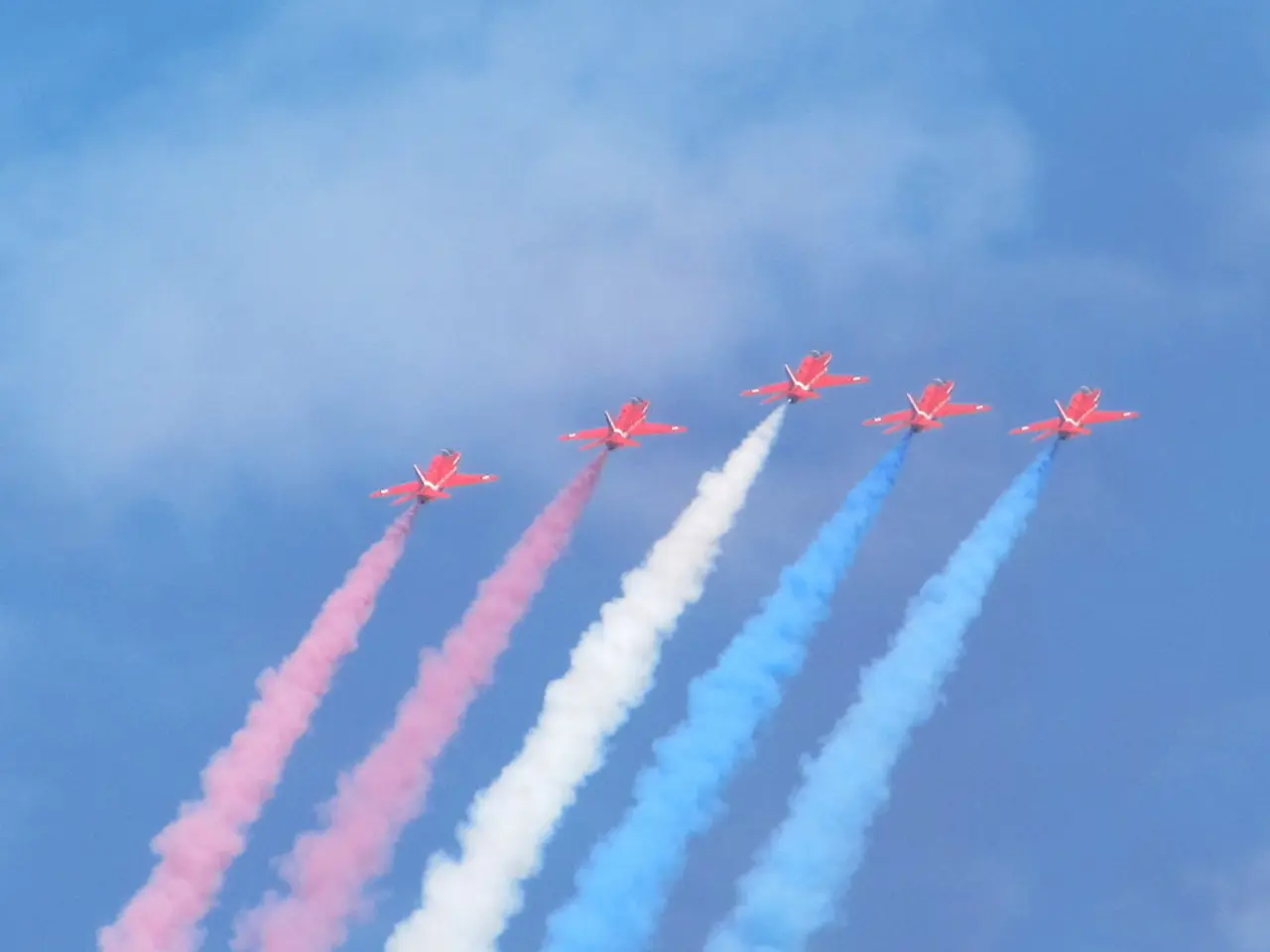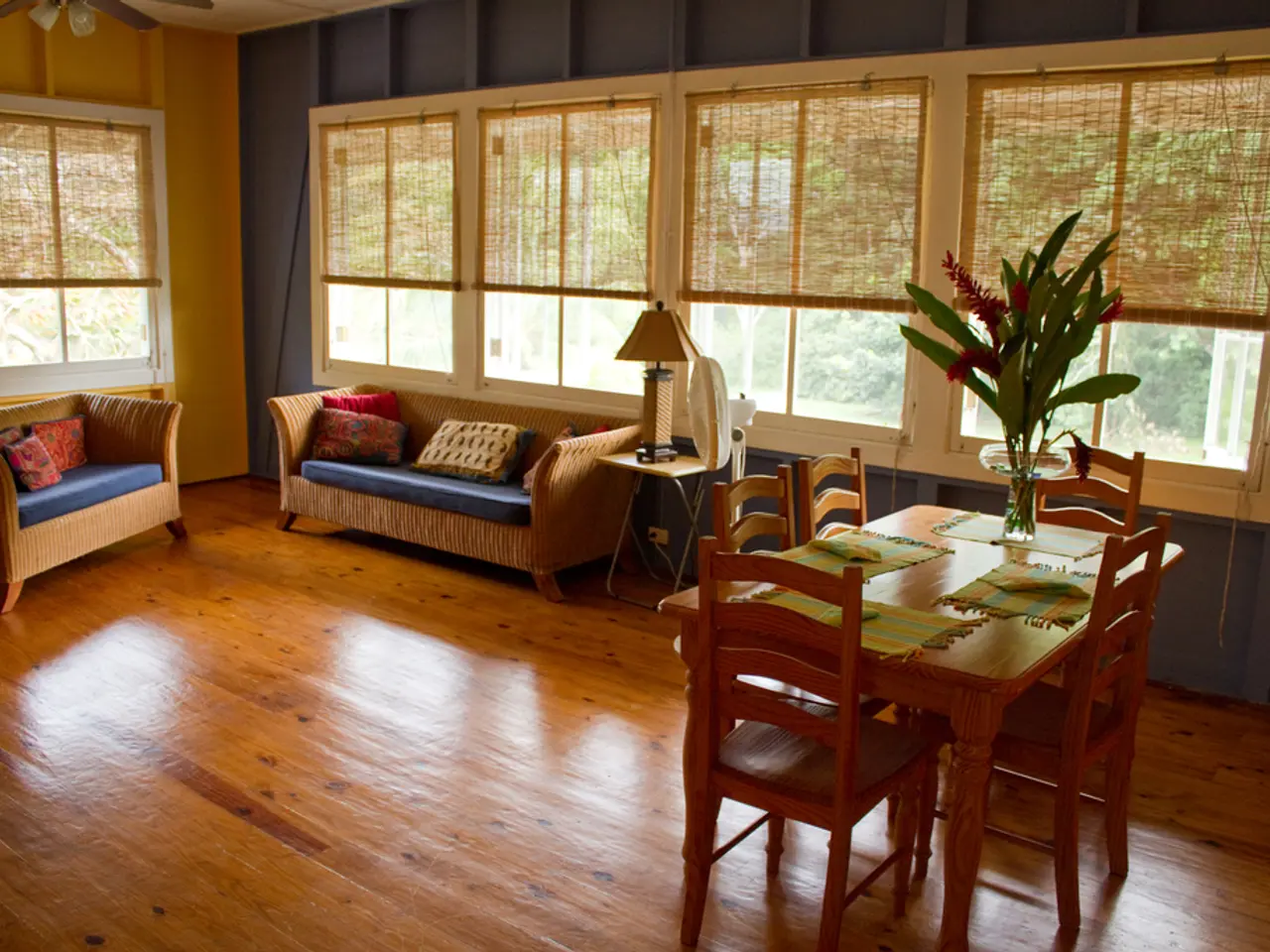Essential Insights on Aircraft Insurance: Comprehensive Guide
In the world of aviation, owning an aircraft comes with a multitude of responsibilities, one of which is ensuring that it is adequately insured. The cost of aircraft owner's insurance can vary significantly, and several factors play a crucial role in determining the premiums.
Firstly, the ownership status of the aircraft is a key determinant. Owners typically require both liability and hull coverage, while renters mainly need liability coverage. The type and value of the aircraft are also significant factors. High-performance or complex aircraft tend to cost more to insure due to their repair costs and complexity.
The pilot's qualifications and experience also impact the cost of insurance. More experienced pilots, especially those with recurrent training and logged flight hours, tend to receive lower premiums. In contrast, inexperienced pilots or those aged 65 and older may face higher rates or coverage restrictions.
Storing the aircraft in a hangar can help lower premiums, as it reduces the risk of damage. Regular maintenance enhances safety and helps minimize claims, potentially reducing costs. Maintaining a clean FAA record, including medical and flying records, can also lead to lower premiums, as it demonstrates a responsible, low-risk pilot.
Location-specific elements, such as state regulations, weather patterns, and density of air traffic, influence insurance rates. For instance, aircraft stored in areas prone to extreme weather conditions, heavy air traffic, or difficult terrain can lead to higher premiums.
Coverage limits are another important factor. Higher coverage limits provide more protection but increase premiums. Choosing the right policy depends on factors like the type and age of the aircraft, intended use, and coverage limits. Common types of insurance policies include hull, liability, combined single limit, and hangar insurance.
Joining an aviation association can lead to discounted insurance rates due to partnerships with insurance companies and a lower risk of members. Logging more flight hours, maintaining a clean record, using a hangar, and joining aviation associations can further lower the cost of insurance.
It's essential to note that while it is legal for aircraft owners to not own any kind of insurance, the choice of whether or not to get insurance should be properly analysed based on one's needs and risk tolerance. Charter services and instruction flights have higher risk exposure, leading to higher premiums, typically $1,500 to $2,500 per year. On the other hand, basic coverage can cost just $600 to $1,200 per year for a typical Cessna 172.
In summary, pilot qualifications, aircraft characteristics, storage and maintenance practices, claims history, location, and chosen coverage levels are the primary elements affecting the cost of aircraft owner's insurance. Building a strong relationship with an aviation insurance broker can also help optimise coverage and manage costs effectively.
The drone industry, with its increasing business, also requires insurance to cover potential liabilities. Like aircraft insurance, the cost for drone insurance can vary greatly, with factors such as the value of the drone, the pilot's experience, and the intended use of the drone affecting the premiums. Financing options for drone insurance can provide both flexibility and peace of mind for drone operators.




